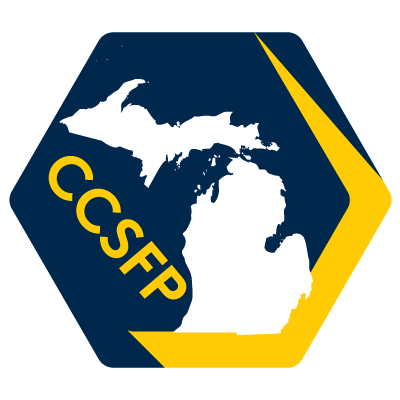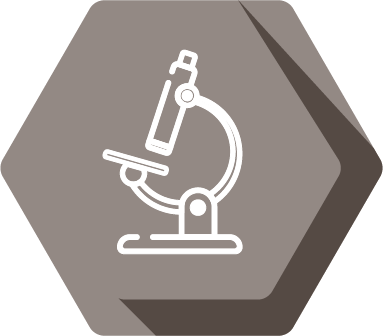Daeyoung Kim

Pronouns: He/Him/His
UROP Fellowship: CCSFP, Washtenaw Community College
Research Mentor(s): Christina Angeles, MD
Research Mentor Institution/Department: Michigan Medicine, Department of Surgery
Presentation Date: Wednesday, August 4th
Session: Session 2 (4pm-4:50pm EDT)
Breakout Room: Room 3
Presenter: 6
Abstract
“Intro: In recent years, the advancement of technology and science has led to better cancer treatments, which subsequently has resulted in increasing the chance of cancer patient survival. Immunotherapy, one of the more recent promising treatment options, works by enhancing one own’s immune system to fight cancer. Immunotherapy using anti-PD1 and anti-CTLA4 checkpoint blockade has been very successful in treating patients with some malignant tumors such as melanoma, which previously did not have a clear effective systemic treatment option. Sarcoma is an overarching category of rare tumors that originates from soft tissues or bones at various parts of the body. Liposarcoma is one of the most common types of sarcoma, with the most common biological type being well-differentiated and dedifferentiated liposarcoma (WDLPS and DDLPS respectively). WDLPS and DDLPS are most effectively treated by surgery, yet even after a complete resection of DDLPS, 60% of patients develop local recurrence and 25% develop distant metastasis (secondary phase of malignant growth) within 5 years of diagnosis. The response rate to conventional chemotherapy is low so that 60% of patients with DDLPS eventually die from the disease. Despite the promising developments in immunotherapy, research focusing on the immune biology of sarcoma has been slower than other tumor types. Recently, there have been some promising reports of response to immunotherapy in a small number of liposarcoma patients, hence, there is an unmet need to better understand the tumor immune microenvironment in liposarcoma.
Methods: Fresh WDLPS and DDLPS tissues were collected from patient surgical specimens. Tumors were digested in RPMI-1640 containing 1 mg/ml collagenase type II and 2 mg/ml DNase I. Primary cell lines were created, and tumor-infiltrating lymphocytes (TIL) were collected. Specifically, the T-cell tumor microenvironment was characterized by analyzing the TILS by flow cytometry. Antibody markers for T cells (CD45, CD45RA, CD3, CD4, CD8) and for subset phenotypes (CD69, CD62L, CD103, CD49a, PD1, TIM3) were used. Differences between overall immune infiltrate and T-cell populations between WDLPS and DDLPS were compared.
Results: CD8 T cell populations were characterized: Resident memory T cells (TRM) were identified by markers CD45+ CD8+ CD62L- CD69+ and circulating effector memory cells (TEM) by markers CD45+CD8+CD62L-. Upon examination, WDLPS tumors express lower levels of overall TIL and lower numbers of CD8+ T cells when compared to that of DDLPS. DDLPS had higher levels of TRM than WDLPS. Phenotypic analysis also showed that TRM cells in DDLPS are PD1+ TIM3-, exhibiting a feature of activation but not terminal exhaustion.
Conclusions: The more aggressive DDLPS had higher levels of TILS, higher levels of CD8+ T cells, and more TRM compared to the less aggressive WDLPS. While other subsets of immune cells need to be factored in when understanding possible treatment options, the high level of TILs and activated TRM in DDLPS presents interesting and promising targets for immunotherapy.”
Authors: Daeyoung Kim, Jichang Han, Jodi Wilkowski, Christina V. Angeles
Research Method: Laboratory Research







